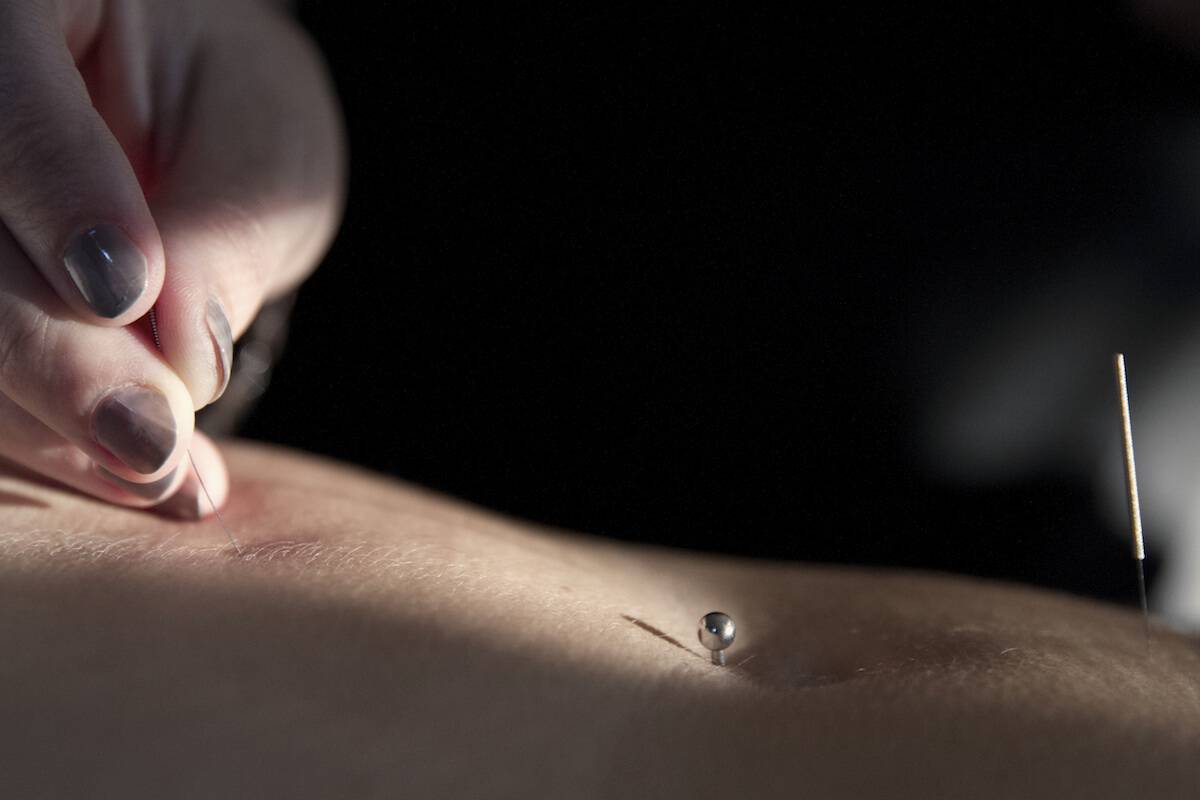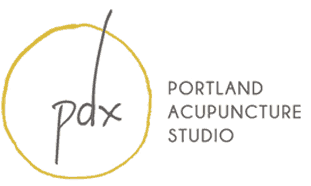 Acupuncture regulates your periods
Acupuncture regulates your periods
Regulating Your Period: How Acupuncture Improves Fertility
Welcome back to my blog series on how acupuncture and East Asian Medicine (EAM) can improve your fertility. Each week I will discuss specific mechanisms, review the current evidence, and outline a typical treatment plan. Contact me with any questions. For updates, add this blog to your blog feeder, follow us on twitter, or like us on facebook.
The series continues today with another important way acupuncture improves fertility: acupuncture regulates your periods. Your doctor probably calls them menstrual cycles. You might call it something else. If you had a period twice in the last 30 days or haven’t had one in the last three months, trying to have a baby is made all the more challenging. Regular menstrual periods are not absolutely required to get pregnant, but it helps. Acupuncture may be a good drug-free choice to regulate irregular menstrual cycles and improve fertility.
How does acupuncture regulate your menstrual cycles? Part of the answer comes from Part 2 and Part 3 of this blog series. Let’s review. So far, we’ve covered five important ways acupuncture can improve fertility.
- Acupuncture regulates hormones
- Acupuncture increases insulin sensitivity
- Acupuncture promotes ovulation
- Acupuncture improves blood flow
- Acupuncture increases uterine lining
Through these five functions, acupuncture can also regulate periods. In East Asian Medicine (EAM), menstrual cycles are ideally 28 days, just like in western medicine. We often separate the menstrual cycle into phases in EAM to better address the naturally occurring changes. During each phase, hormones fluctuate and organs change their shape in the woman’s body.
Phase 1
Phase 1 is the menstrual phase or period. During this phase, the woman has her period and bleeds for one to seven days. The bleeding is due to the uterus shedding the blood and lining from the previous month’s cycle. From an EAM perspective, an ideal period is moderate and steady bleeding for approximately four days without spotting before or after the period, free from pain, or other premenstrual symptoms. Also during this phase, an egg (contained within an ovarian follicle) is selected for the final stages of development.
How acupuncture helps the period: By regulating hormones and relieving pain, acupuncture can relieve period cramping (dysmenorrhea), and Premenstrual Syndrome-related symptoms like breast tenderness, depression and irritability, bloating, constipation, headaches, etc.
Phase 2
Phase 2 is the pre-ovulation, aka follicular, phase. During this phase, an egg completes its last stage of development in the ovary. As the egg matures and grows, the ovary releases the estrogen hormone, which signals the uterus to thicken the uterine lining. Increasing estrogen also influences cervical fluid and changes it from milky to clear and stretchy. Fertile cervical fluid assists the sperm in traveling to meet the egg. Once the estrogen reaches a certain level, it triggers the next phase.
How acupuncture helps pre-ovulation
Acupuncture regulates hormones, increases insulin sensitivity, and promotes blood flow to the uterus and ovaries. Regulating the hypothalamus-pituitary-ovarian axis and increasing insulin sensitivity can greatly improve abnormal FSH, estrogen, and AMH levels in women with Diminished Ovarian Reserve or Advanced Maternal Age; improve elevated estrogen and/or LH levels in women with Polycystic Ovarian Syndrome, improve uterine lining thickness in women with thin uterine lining; address a Thyroid hormone imbalance; and normalize irregular menstrual cycles.
Phase 3
Phase 3 is the ovulation phase.1 Ovulation is the process in which an egg is expelled from the ovarian follicle. As described in Part 2 of this series, the luteinizing hormone (LH) spikes in response to the growing estrogen levels, and triggers ovulation. You can see an amazing photo of ovulation snapped of a 45-year-old woman during a surgical procedure. Once an egg is released, the cervical fluid changes to an opaque, milky, thicker consistency. About 1 in 5 women experience mild cramping or piercing pain on one side of their lower belly during ovulation, but most women don’t notice they are ovulating at all. Ovulation is the key to moving from pre-ovualtion to post-ovulation.
How acupuncture helps ovulation
Acupuncture regulates hormones, increases insulin sensitivity, promotes blood flow to the ovaries, and promotes ovulation. All of these mechanisms impact ovulation and are especially helpful in women who don’t ovulation due to hormone imbalances, Polycystic Ovarian Syndrome, or don’t have periods at all (amenorrhea).
Phase 4
Phase 4 is the post-ovulation, aka luteal, phase. During this phase, the ovary forms a small cyst called the corpus luteum. This cyst is formed out of the follicle from which the egg emerged. The corpus luteum releases progesterone which keeps the lining thick. If no signal of pregnancy is detected, the progesterone and estrogen drop, and the uterus prepares for the period to begin.
How acupuncture helps post-ovulation
Acupuncture regulates hormones, increases insulin sensitivity, promotes ovulation, and increases blood flow to the uterus and ovaries to correct pre-ovluation phase issues. By addressing those, acupuncture can also improve post-ovulation hormonal imbalances like Luteal Phase Defect and some hormone-related types of miscarriage.
By addressing each phase of the cycle, menstrual regularity can resume. A regular menstrual cycle tells us in EAM that your body is getting back to normal, your hormones are normalizing, and that you are ready to carry a pregnancy full term. Cycle regularity can also help you better predict the best time to have sex.
How long does it take to do this?
It is difficult to give a single answer for everyone. Some women will take a little longer to respond, others will respond right away. In general, it takes around 12 visits or three months to regulate the menstrual cycle. In women with more severe hormonal imbalances, it may take longer.
A treatment plan to regulate menstrual cycles will typically include weekly acupuncture that follows the various phases of the menstrual cycle. As described above, you can see that each phase has a different function and contribution to the whole menstrual cycle. We tailor the treatment to each phase. Treatment will also include targeted dietary and lifestyle recommendations based on your individual needs. These recommended changes can boost your treatment response and sometimes can make things go a little faster. For example, if you are insulin resistant, adding the low glycemic index diet to your treatment plan will help. A treatment plan may also include Chinese herbs, if appropriate. Chinese herbs can improve menstrual regularity and fertility.
Conclusion
When trying to have a baby, acupuncture and EAM may be an effective way for your to improve your fertility by regulating your menstrual cycles.
Do you have a question or want to know if acupuncture can help you? Contact me. For updates, add this blog to your blog feeder, follow us on twitter, or like us on facebook.
1 Western medicine has three menstrual phases: the period, pre ovulation, and post ovulation. In EAM, we separate out ovulation as its own phase.
For acupuncturists or acupuncture students, read this article about Wen Jing Tang.




